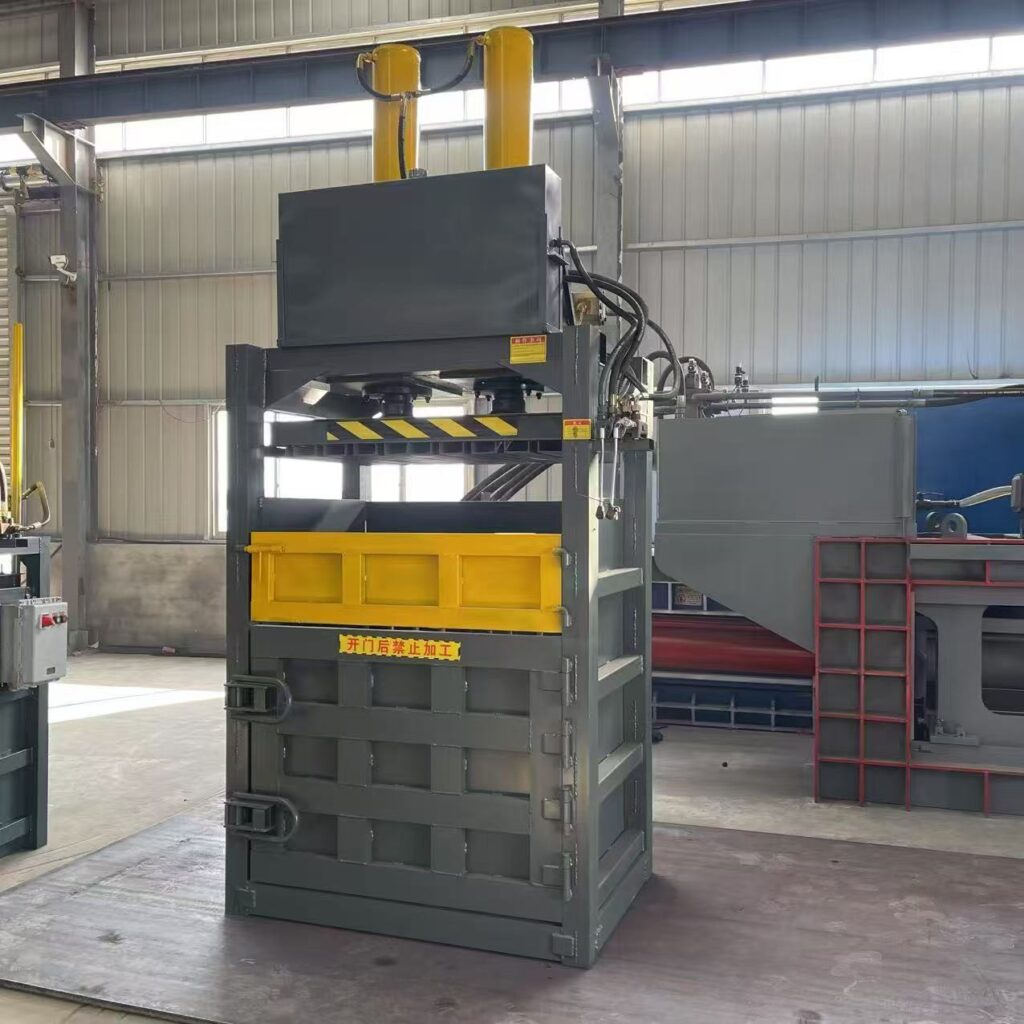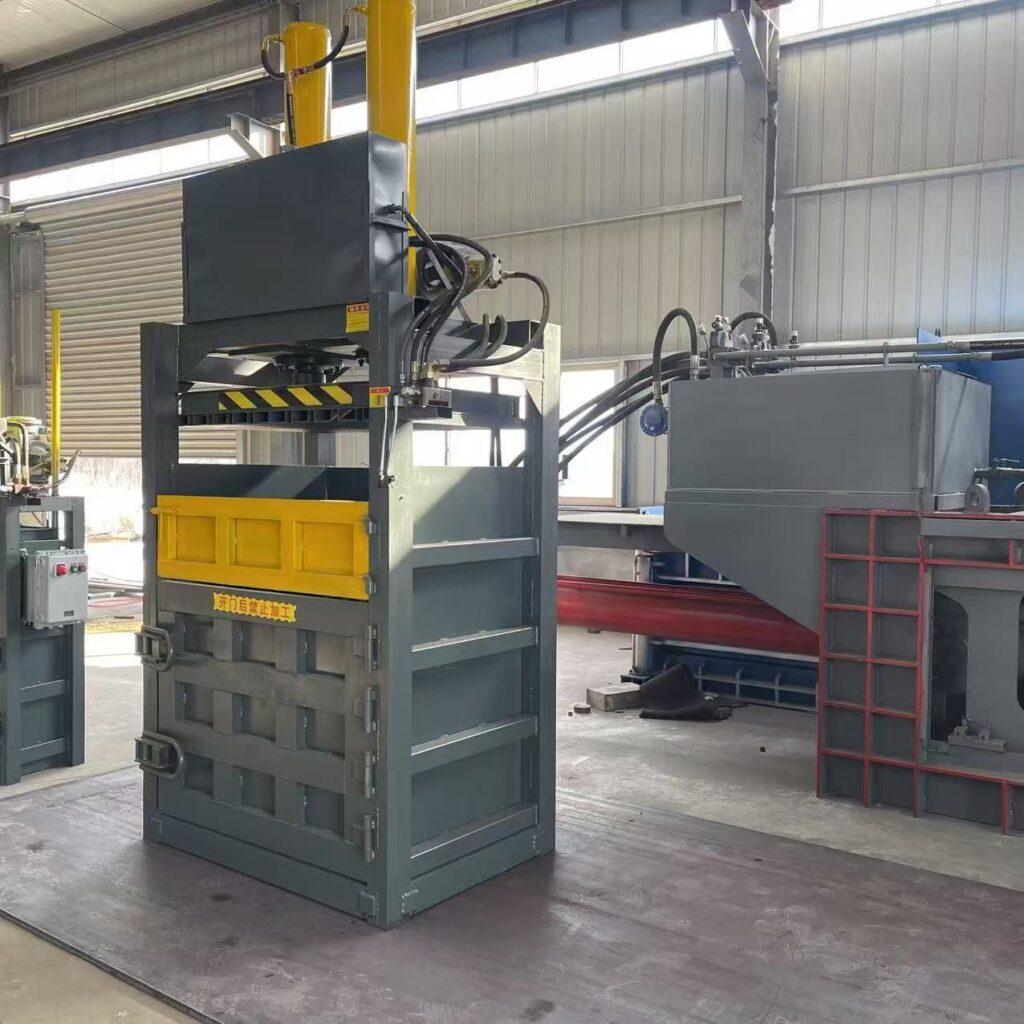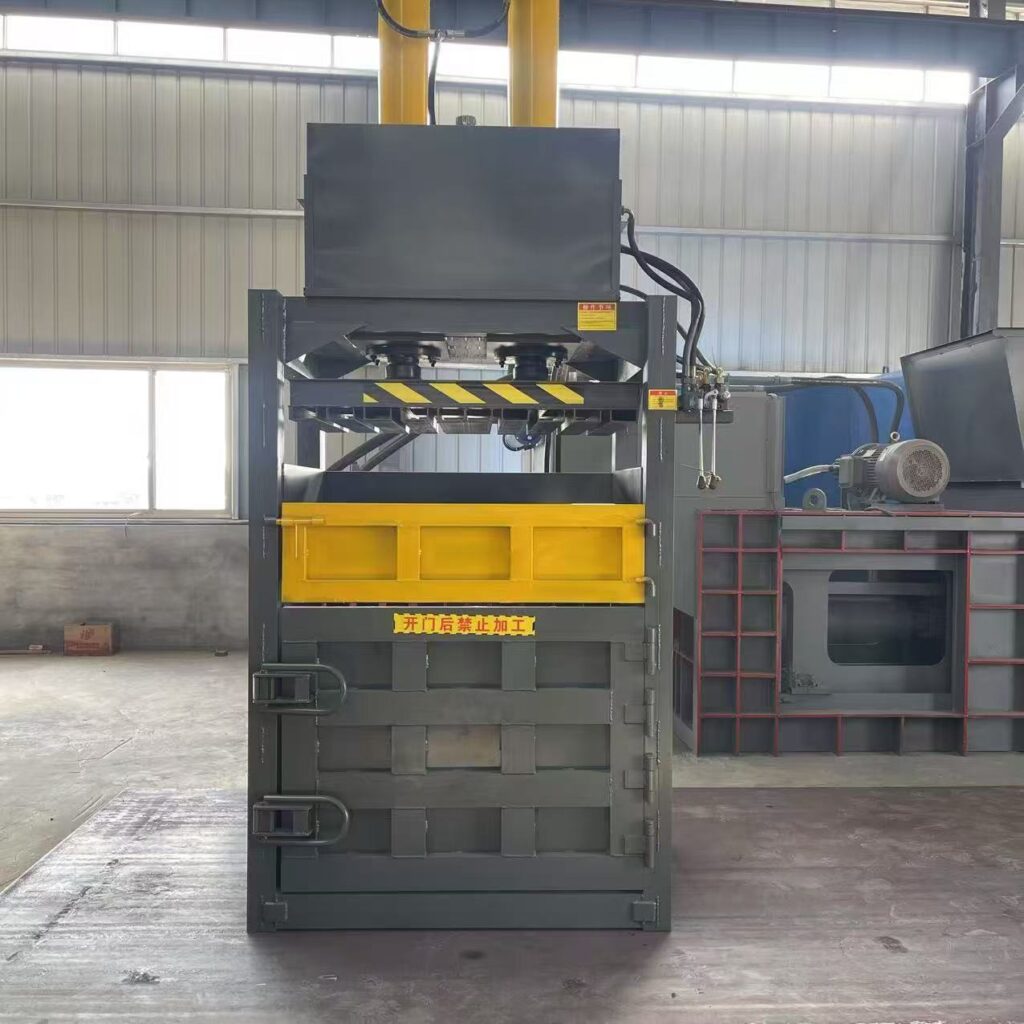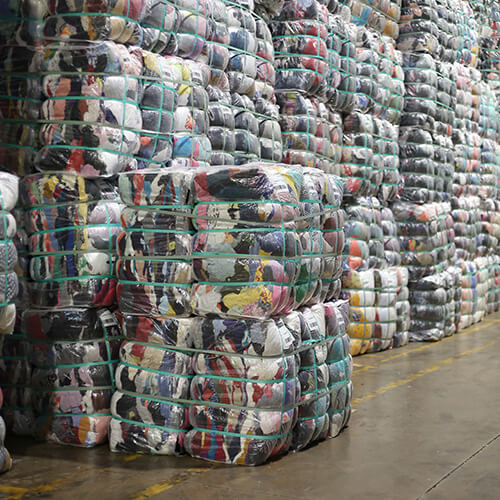What is Vertical baler?

Vertical baler is an essential machine designed to compress recyclable materials such as cardboard, plastic, paper, and aluminum into tightly packed bales, making waste management more efficient and cost-effective. Unlike larger horizontal balers used in high-volume recycling facilities, vertical balers are compact, space-saving, and ideal for businesses with moderate waste output, including retail stores, warehouses, manufacturing plants, and recycling centers. These machines operate using a hydraulic press that compresses materials from the top down in a simple yet effective process: workers load loose recyclables into the baling chamber, the hydraulic ram presses down to compact the waste, and once fully compressed, the bale is secured with wires or straps before being ejected for storage or transport.
One of the key advantages of vertical balers is their ability to significantly reduce waste volume, which not only lowers disposal costs but can also generate revenue when recyclable bales are sold to processing facilities. Additionally, their smaller footprint makes them a practical choice for businesses with limited space, while their ease of operation ensures minimal training is required for staff. Beyond cost savings, vertical balers contribute to workplace safety by minimizing loose waste and tripping hazards, while also helping businesses comply with environmental regulations and sustainability goals.
When selecting a vertical baler, factors such as bale size, material type, and automation level should be considered to match the machine with the specific needs of the business. Whether used in supermarkets for cardboard compaction, manufacturing plants for scrap material handling, or offices for secure paper disposal, vertical balers offer a reliable solution for improving recycling efficiency. By investing in a vertical baler, businesses can achieve cleaner workspaces, reduced waste expenses, and a stronger commitment to environmental responsibility—making it a smart choice for any organization looking to optimize its waste management process.
Why use a Vertical baler?

Efficient waste management is a growing priority for businesses across industries, and a vertical baler offers a practical, cost-effective solution for handling recyclable materials like cardboard, plastic, paper, and metal. Unlike bulky horizontal balers, vertical balers are compact, making them ideal for businesses with limited space, such as retail stores, warehouses, manufacturing plants, and distribution centers. These machines work by hydraulically compressing waste into dense, manageable bales, which are then strapped or wired for easy transport and recycling. One of the biggest advantages of using a vertical baler is cost savings—by reducing waste volume, businesses can lower disposal fees and even generate revenue by selling recyclable bales to processing centers. Additionally, vertical balers improve workplace safety by minimizing loose debris and trip hazards, while also helping companies meet environmental regulations and sustainability goals.
Another key benefit is ease of use—most vertical balers require minimal training, allowing employees to operate them efficiently without specialized skills. They also come in various sizes and capacities, making it easy to choose a model that fits a business’s specific waste output. For example, supermarkets can use them to compact cardboard boxes from shipments, while manufacturing plants can bale plastic or foam scraps for recycling. The durability and low maintenance of vertical balers further enhance their value, providing long-term reliability with simple upkeep. By integrating a vertical baler into daily operations, businesses not only streamline waste handling but also contribute to a greener environment by reducing landfill waste and promoting recycling. Whether the goal is cutting costs, improving efficiency, or meeting corporate sustainability targets, a vertical baler is a smart investment that delivers immediate and long-term benefits.
For businesses looking to optimize waste management, a vertical baler is a powerful tool that combines space efficiency, cost savings, safety improvements, and environmental responsibility—all in one machine. If your company deals with significant recyclable waste, investing in a vertical baler could be the key to a cleaner, more sustainable, and more profitable operation.
How to use a Vertical baler?

A vertical baler is a powerful yet user-friendly machine that helps businesses efficiently compact recyclable materials like cardboard, plastic, and paper into dense bales for easy storage and transport. To ensure safe and effective operation, follow these steps:
Step 1. Preparation & Safety First
Before using the baler, inspect it for any visible damage or obstructions. Ensure all safety mechanisms, such as emergency stop buttons and safety gates, are functional. Wear appropriate personal protective equipment (PPE), including gloves and safety glasses, to prevent injuries.
Step 2. Loading the Material
Open the baler’s chamber door and place your recyclable materials (e.g., cardboard boxes, plastic packaging, or paper waste) evenly inside. Avoid overloading—check the manufacturer’s recommended capacity to prevent jams or strain on the machine. Flatten large boxes to maximize space efficiency.
Step 3. Starting the Compression Cycle
Close and secure the chamber door, then activate the baler using the control panel. The hydraulic press will automatically compress the material from the top down. Never bypass safety interlocks or attempt to force the machine while it’s running.
Step 4. Tying the Bale
Once fully compressed, the baler will hold the material in a compacted block. Depending on the model, you may need to manually or automatically tie the bale with wire or strapping to keep it intact. Some advanced balers feature auto-tie systems for faster operation.
Step 5. Ejecting & Storing the Bale
After securing the bale, open the discharge door and carefully remove it using a pallet jack or forklift. Store the bales in a dry area until they are ready for pickup by a recycling service.
Step 6. Maintenance & Best Practices
Regularly clean the baler to prevent debris buildup, and check hydraulic fluid levels as recommended by the manufacturer. Train employees on proper usage to minimize wear and tear and ensure long-term efficiency.
Using a vertical baler correctly not only improves recycling efforts but also enhances workplace safety and reduces waste disposal costs. By following these steps, businesses can maximize the machine’s lifespan and contribute to a more sustainable operation.
A vertical baler is an indispensable tool for businesses looking to streamline waste handling, cut costs, and support sustainability. By compacting recyclables into dense, manageable bales, it reduces waste volume, minimizes disposal fees, and even creates potential revenue through recycling programs. Its space-saving design makes it ideal for facilities with limited room, while its simple operation ensures quick adoption by staff. Beyond financial benefits, using a vertical baler enhances workplace safety by reducing loose debris and helps companies meet environmental regulations. Whether you run a retail store, warehouse, or manufacturing plant, investing in a vertical baler is a smart, long-term solution for efficient, eco-friendly waste management that delivers measurable results.

